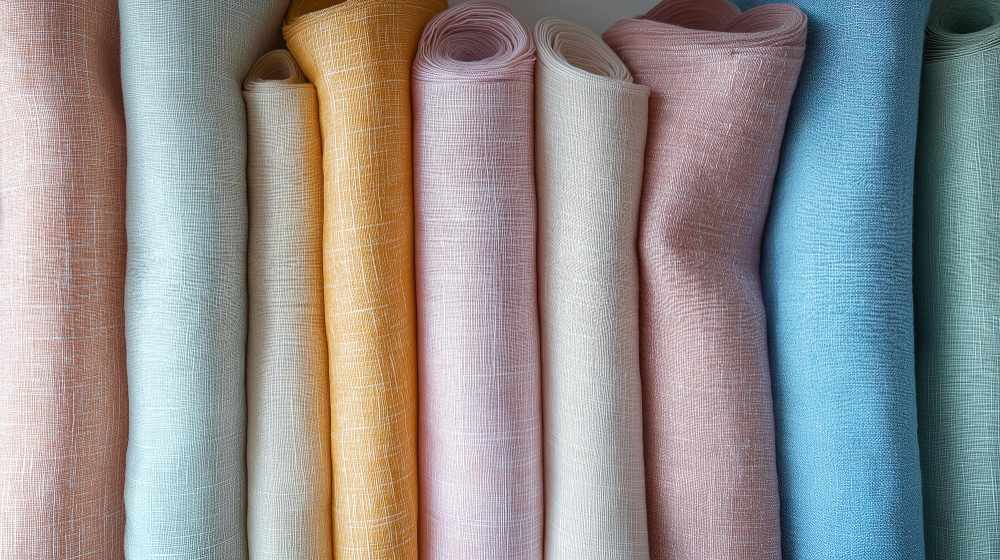
Cotton fabric remains the backbone of successful clothing lines worldwide. Whether you're launching a startup brand or expanding an existing collection, knowing how to buy fabric online efficiently can make or break your business. Smart sourcing decisions directly impact your product quality, profit margins, and brand reputation.
The global cotton fabric market offers countless options, but navigating online suppliers requires strategy. Many new designers feel overwhelmed by the sheer number of choices available. This guide will walk you through the essential steps to source high-quality cotton fabric online while avoiding common pitfalls.
Online fabric sourcing has transformed how clothing brands operate. You can access suppliers from around the world, compare prices instantly, and often secure better deals than traditional wholesale methods. However, success depends on understanding the nuances of cotton types, supplier evaluation, and ordering processes.
Understanding Cotton Types for Your Brand
Cotton fabric comes in numerous varieties, each suited for different garments and price points. Understanding these differences helps you make informed purchasing decisions when you buy fabric online.
Pima Cotton offers superior softness and durability compared to regular cotton. This long-staple variety works well for premium t-shirts, underwear, and bedding. Pima cotton typically costs 20-30% more than conventional cotton but provides better customer satisfaction.
Organic Cotton appeals to environmentally conscious consumers. This cotton fabric type uses no synthetic pesticides or fertilizers during cultivation. Brands focusing on sustainability often choose organic cotton despite higher costs.
Combed Cotton undergoes additional processing to remove short fibers and impurities. This results in smoother, stronger fabric perfect for high-quality basics. The combing process increases costs but delivers noticeable quality improvements.
Ring-Spun Cotton creates softer, more durable fabric through a specific spinning technique. Many premium clothing brands prefer ring-spun cotton fabric for its superior feel and longevity.
Each cotton type serves different market segments. Budget-conscious brands might choose regular cotton, while premium labels invest in Pima or organic varieties. Consider your target audience and price positioning when selecting cotton types.
Key Considerations When Sourcing Cotton Fabric
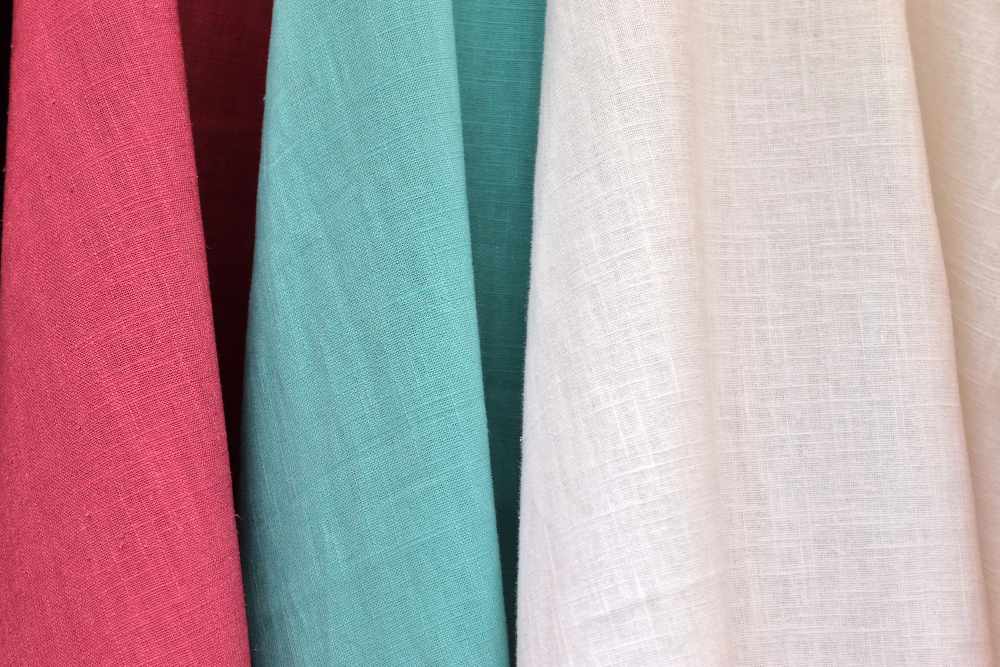
Quality Assessment should be your top priority when evaluating suppliers. Request fabric samples before placing large orders. Check for consistent weave, proper weight, and uniform dyeing. Quality issues become expensive problems once production begins.
Sustainability Certifications matter increasingly to consumers and retailers. Look for GOTS (Global Organic Textile Standard), OEKO-TEX, or BCI (Better Cotton Initiative) certifications. These standards ensure responsible production practices and chemical safety.
Pricing Structure varies significantly between suppliers. Some offer tiered pricing based on order volume, while others maintain fixed rates. Calculate total costs including shipping, duties, and potential quality issues. The cheapest option isn't always the most economical.
Minimum Order Quantities (MOQs) can strain cash flow for small brands. Some suppliers require 1000+ yards per color, while others accommodate smaller orders. Balance MOQ requirements with your actual needs to avoid excess inventory.
Lead Times affect your production schedule and market timing. Domestic suppliers typically deliver faster but cost more. International suppliers offer better prices but require longer planning horizons. Factor lead times into your product launch timeline.
Payment Terms impact cash flow management. Some suppliers require full payment upfront, while others offer net-30 or net-60 terms. Established brands often negotiate better payment terms than startups.
Top Online Resources for Cotton Fabric
Fabriclore leads the online cotton fabric market with competitive wholesale pricing and customization options. They serve 400+ private labels globally and offer low MOQ solutions for emerging brands. Their tech-enabled platform provides delivery transparency and exceptional customer support.
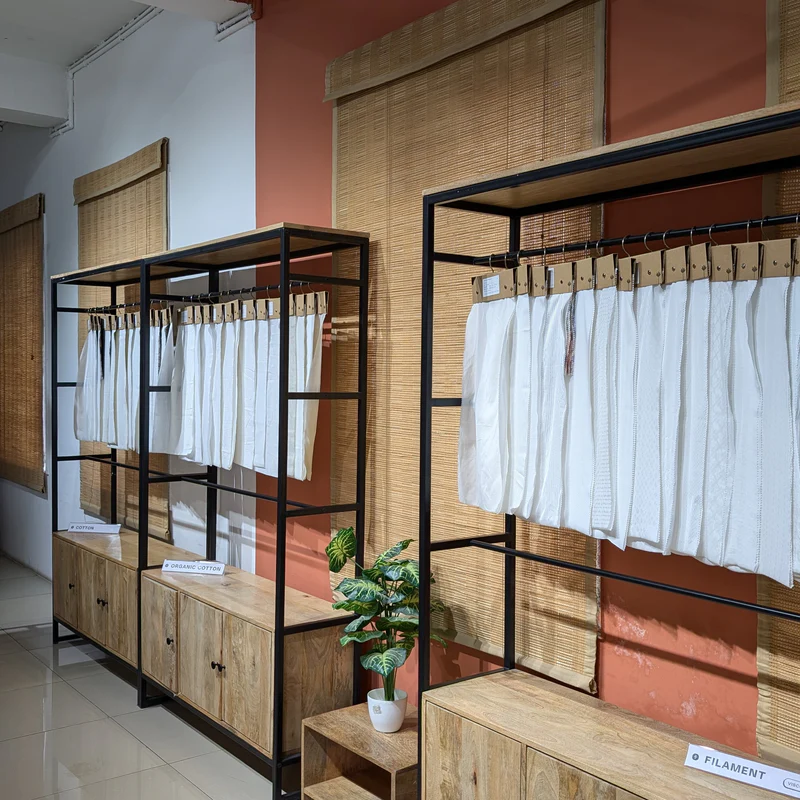
Alibaba connects brands with manufacturers worldwide, offering extensive cotton fabric varieties at competitive prices. However, quality varies significantly between suppliers, requiring careful vetting and sample testing.
Mood Fabrics caters to designers and small brands with high-quality cotton fabric selections. They offer detailed product descriptions and excellent customer service but typically have higher prices than wholesale-focused platforms.
Fabric Wholesale Direct specializes in bulk cotton fabric sales with competitive pricing for larger orders. They maintain consistent quality standards but require higher MOQs than some alternatives.
Denver Fabrics provides both retail and wholesale cotton fabric options with detailed online catalogs. Their customer service team helps match fabrics to specific project requirements.
When you buy fabric online from any supplier, verify their reputation through customer reviews, Better Business Bureau ratings, and industry references. Reliable suppliers invest in clear communication and quality consistency.
Tips for Successful Online Fabric Ordering
Sample Testing prevents costly mistakes. Order fabric samples in all required colors before committing to large purchases. Test samples for shrinkage, colorfastness, and hand feel. Document your findings to guide future orders.
Color Matching can be challenging online. Request strike-off samples for custom colors and understand that monitor displays may not accurately represent fabric colors. Consider lighting conditions where your garments will be worn or sold.
Order Planning requires balancing inventory costs with stockout risks. Calculate your fabric needs based on sales forecasts, allowing for cutting waste and potential reorders. Many successful brands maintain 10-15% extra fabric for production flexibility.
Communication Standards help prevent misunderstandings. Establish clear specifications for weight, width, color, and quality requirements. Use industry-standard terminology and provide detailed written confirmations for all orders.
Quality Control procedures should include incoming inspection protocols. Check fabric quality immediately upon delivery and document any issues. Address problems promptly while they can still be resolved.
Supplier Relationships become valuable business assets over time. Maintain good payment records and communicate professionally. Strong relationships often lead to better pricing, priority service, and flexible terms.
Case Studies: Successful Brands Using Online Cotton Sources
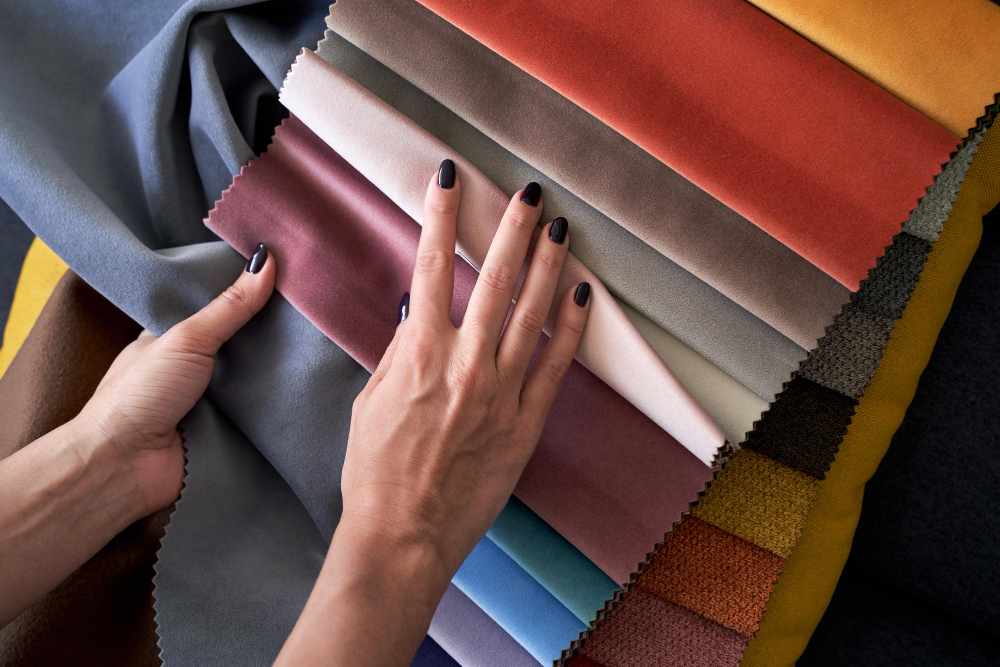
Everlane built their reputation on transparent sourcing and quality basics. They work directly with cotton fabric suppliers to maintain consistent quality while keeping costs reasonable. Their success demonstrates how strategic fabric sourcing supports brand positioning.
Pact Apparel focuses exclusively on organic cotton fabric for their sustainable clothing line. By partnering with certified suppliers and buying fabric online efficiently, they've scaled to national retail distribution while maintaining their environmental commitments.
American Giant sources premium cotton fabric domestically to support their "Made in America" positioning. Despite higher costs, their strategic sourcing decisions create competitive advantages through quality and marketing messaging.
These brands succeed because they align fabric choices with brand values and customer expectations. They understand that cotton fabric quality directly impacts customer satisfaction and repeat purchases.
Small brands can apply similar principles by clearly defining their quality standards and finding suppliers who meet those requirements consistently. Success comes from strategic thinking rather than simply finding the lowest prices.
Managing Your Cotton Fabric Supply Chain
Inventory Management requires balancing carrying costs with service levels. Many brands use just-in-time ordering to minimize inventory investment while ensuring adequate stock for production needs. Track usage patterns to optimize reorder points.
Supplier Diversification reduces risk from supply disruptions. Working with multiple cotton fabric suppliers prevents production delays if one source experiences problems. However, managing multiple relationships requires additional resources.
Quality Documentation helps maintain consistency across orders and suppliers. Create detailed specifications for each cotton fabric type you use. Include weight, width, color standards, and performance requirements. This documentation streamlines reordering and quality control.
Cost Tracking enables better financial planning and pricing decisions. Monitor all costs associated with cotton fabric procurement, including materials, shipping, duties, and handling. Use this data to negotiate better terms and optimize your sourcing strategy.
Future Trends in Cotton Fabric Sourcing
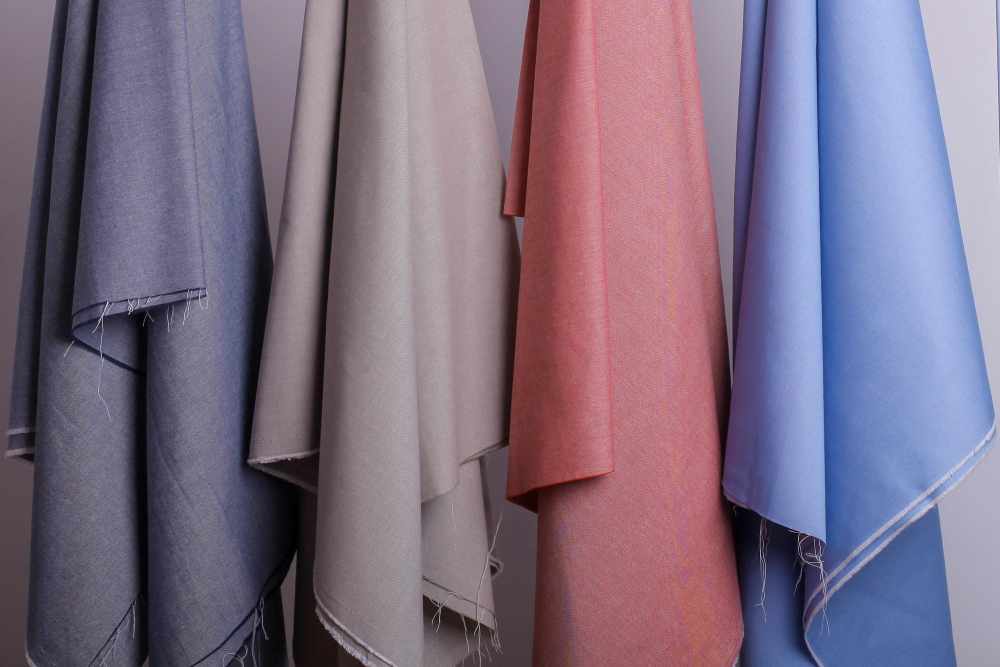
Digital platforms continue transforming how brands buy fabric online. Advanced search filters, virtual sampling, and AI-powered matching systems make sourcing more efficient. These technologies help brands find exactly what they need faster.
Sustainability requirements are increasing across all market segments. More consumers demand organic cotton fabric and responsible production practices. Suppliers are adapting by offering more certified options and transparent supply chains.
Customization capabilities are expanding through digital printing and on-demand manufacturing. Brands can now order small quantities of custom cotton fabric designs without traditional minimums. This flexibility enables faster product development and reduced inventory risks.
Building Long-Term Success Through Smart Sourcing
Strategic cotton fabric sourcing creates competitive advantages that compound over time. Brands that invest in quality relationships and consistent standards build customer loyalty and operational efficiency.
Start by clearly defining your quality requirements and budget constraints. Research potential suppliers thoroughly and test samples before committing to large orders. Build relationships gradually while maintaining backup options for critical materials.
Remember that the cheapest cotton fabric isn't always the best value. Consider total costs including quality issues, delivery delays, and customer satisfaction impacts. Smart sourcing decisions support long-term profitability and brand growth.
Monitor industry trends and supplier capabilities regularly. The cotton fabric market evolves constantly, creating new opportunities for brands willing to adapt their sourcing strategies. Success comes from balancing current needs with future opportunities when you buy fabric online.
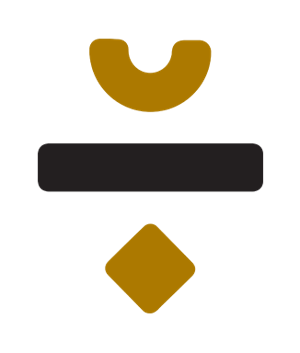
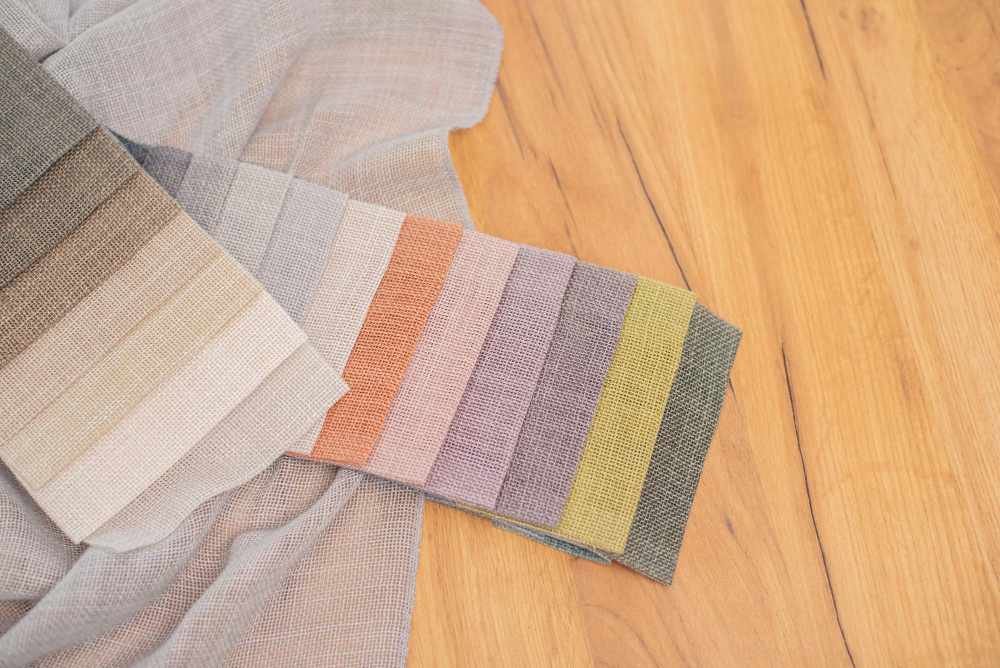

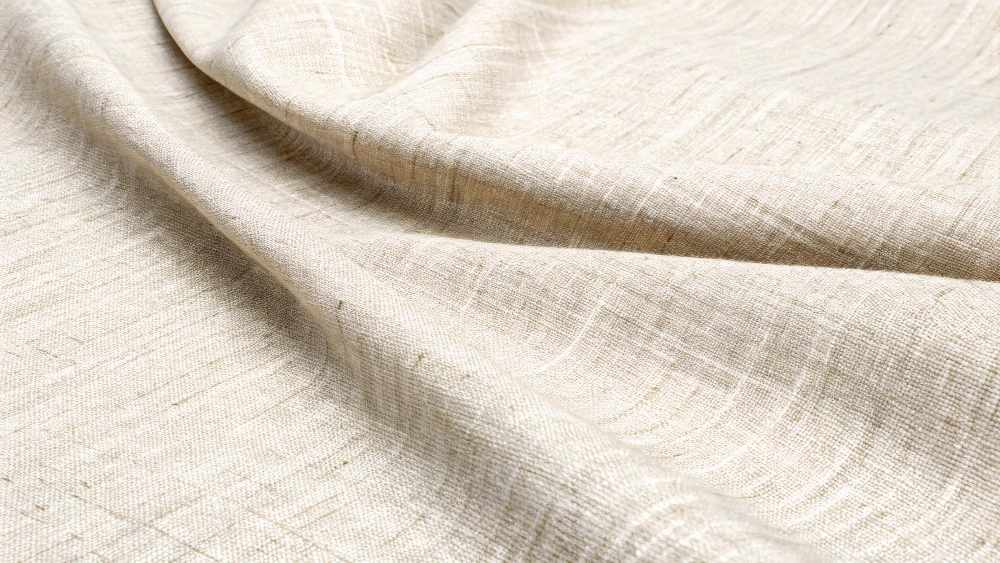

Write a comment ...